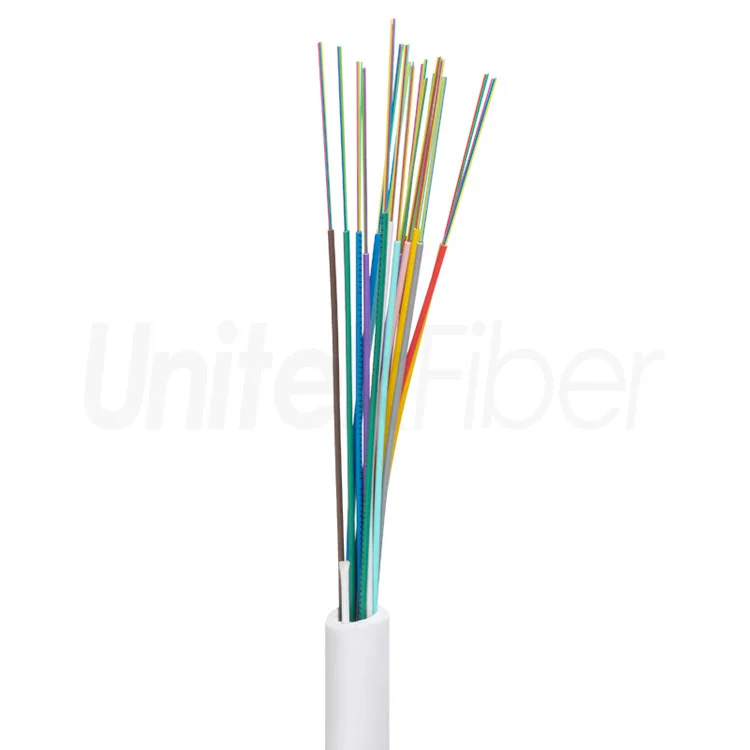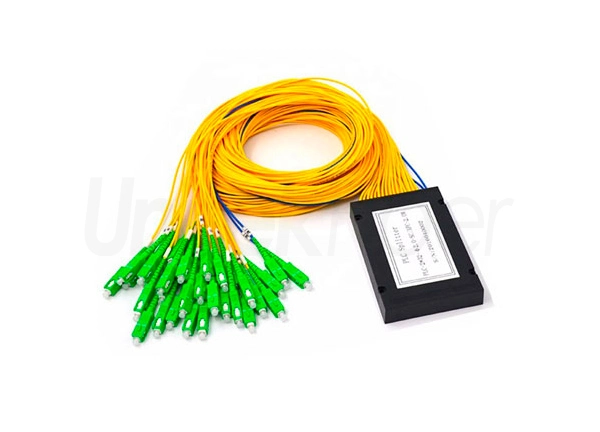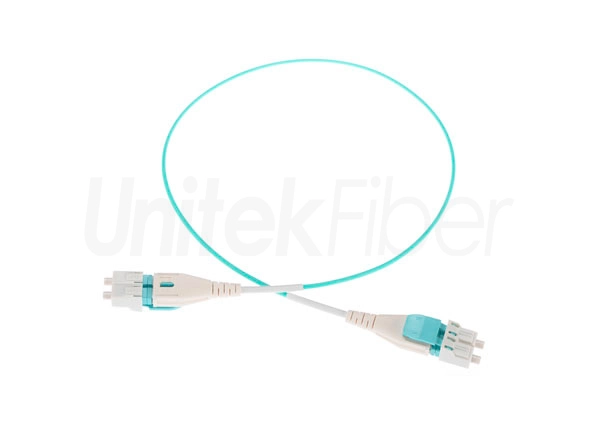
Fiber optic patch cord are an essential component in any fiber optic network. They serve as a connector between two devices, allowing data to be transmitted over long distances at high speeds. Different types of fiber patch cords are available, each with their own unique features and purposes.
A fiber optic patch cord, also known as a fiber optic jumper or fiber optic patch cable. The most common types of connectors used in fiber optic patch cord include ST, SC, LC, FC, and MTP/MPO. They are often used in telecommunications and computer networking systems to connect optical transceivers, switches, routers, optical amplifiers, and other types of network equipment.
Based on different specifications and standards, the common fiber optic patch cord can be divided from the perspective of fiber cable mode, fiber cable strand, jacket type, connector type, and polishing type.
The first thing to consider when choosing a fiber patch cord is whether you need single mode or multimode fiber. Single mode fiber is best suited for long-distance transmissions, while multimode fiber is ideal for short distances.
Single mode fiber patch cord use a small core size that allows for the transmission of light over long distances. They are typically used in large data centers, telecom networks, and other applications that require high-speed data transfers over long distances. Multimode fiber optic patch cord, on the other hand, use a larger core size and are best suited for shorter distances, such as within a building or on a campus.
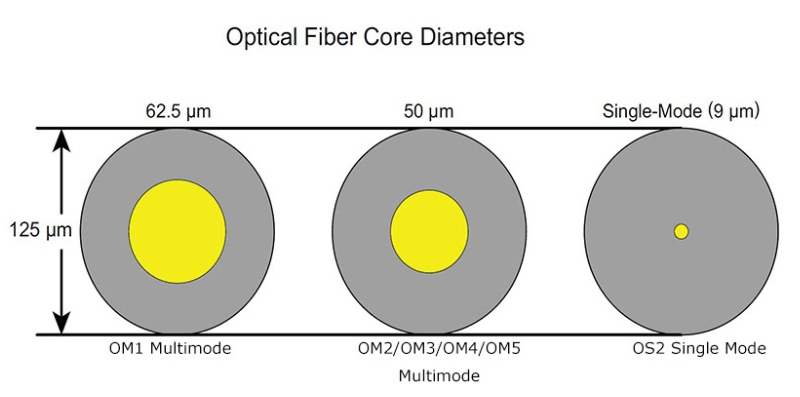
The next thing to consider is whether you need a simplex or duplex fiber optic patch cord. Simplex fiber optic patch cord have only one fiber and are used for applications that require one-way communication, such as transmitting video signals. Duplex fiber optic patch cord have two fibers and are used for bidirectional communication, such as transmitting data between two devices.
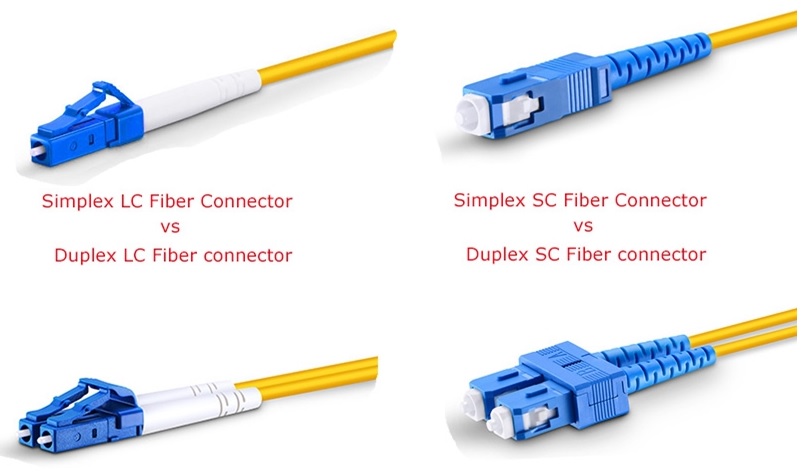
Fiber optic patch cord are available with different types of cable jacket materials, including PVC, LSZH, and OFNR. PVC is the most commonly used material and is ideal for general-purpose applications. LSZH (low smoke zero halogen) is used in buildings where toxic smoke could be a hazard in case of fire. OFNR (optical fiber nonconductive riser) is used in vertical runs between floors in a building.

Fiber optic patch cord come with a variety of connector types, including LC, FC,SC, ST, MPO, MTP, MTRJ, and so on. The most common connector type is LC, which is small and easy to install. SC connector are larger but offer better performance, while ST connectors are commonly used in legacy networks. MTRJ connector are designed for high-density applications.
PC (Physical Contact) is microsphere grinding and polishing, which can effectively reduce the air gap between optical fiber components and make the two optical fiber end faces reach physical contact. UPC (Ultra Physical Contact). The end face of the UPC connector is not completely flat, there is a slight curvature to achieve a more precise docking. APC (Angled Physical Contact) fiber end faces are usually ground to an 8° bevel. This makes the fiber end face tighter and provides better connection performance by reflecting light through its bevel angle into the cladding rather than directly back to the source.

If you're looking for high-quality, customized fiber optic jumpers, pigtails, and MPO/MTP cables, look no further than www.unitekfiber.com. With a wide selection to choose from and a high quality, Unitekfiber is your go-to source for all your fiber optic needs.

